
The Role of Oxygen in Brewing
Oxygen plays many roles during various stages of the brewing process, but preventing the pickup of oxygen from the end of fermentation is key.
You are using an outdated browser not supported by The Brewers Association.
Please consider upgrading!
There is a lot of work that goes into brewing your beer. From cleaning and sanitation, to brewhouse operations, fermentation, cellaring, filtration, and finally packaging your beer, these resources will help you make the best beer at every step of the production process.

Oxygen plays many roles during various stages of the brewing process, but preventing the pickup of oxygen from the end of fermentation is key.
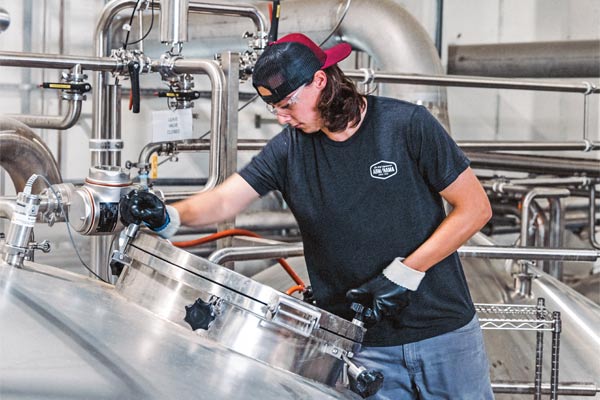
Brewing non-alcohol beer is fundamentally different from producing traditional beers that typically contain inherent barriers to ensure consumer safety and shelf stability.
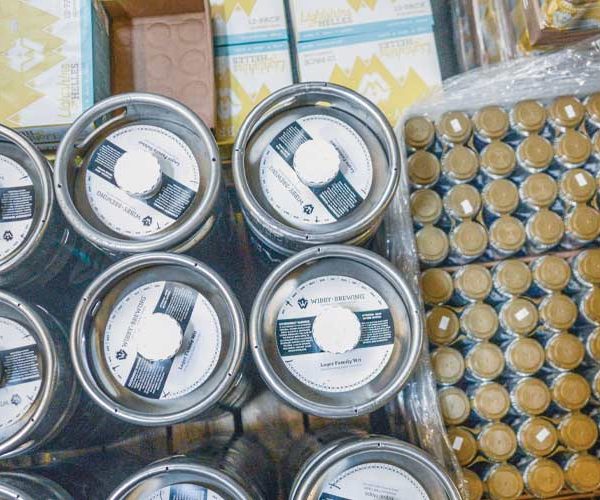
Being small doesn’t mean you don’t need to worry about structure and organization. A brewery making 600 barrels can be just as organized and efficient as one hitting 30,000.

Too often, brewers talk about stability issues as something to react to rather than prevent. Careful consideration in all facets of the brewing process provides a better road map.

Just as we invest in equipment, it is essential to invest in the people who make packaging happen. Packaging deserves to be treated as a legitimate career path.
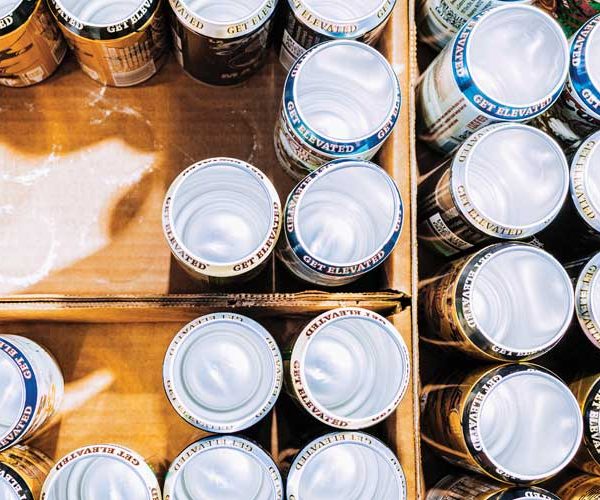
Craft brewers have been forced to scrounge packaging wherever they can, including repurposing “old” cans with makeshift labels and dusting off bottling lines.

Since packaging operations are the last set of a brewery’s process steps to touch beer before it’s consumed, it’s essential that breweries pay strict attention to food safety.
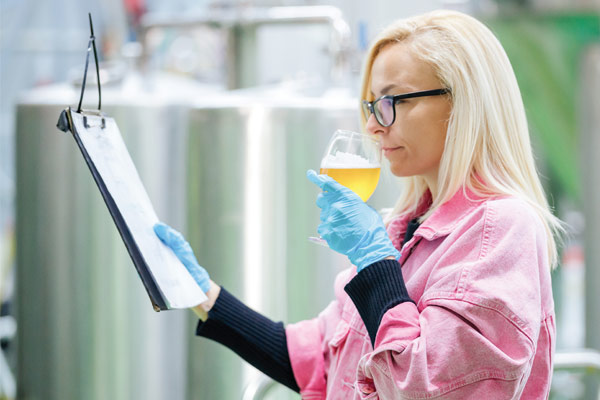
Monitoring and controlling packaging operations is one of the biggest challenges to beer quality, and it often distinguishes good brewers from great brewers.
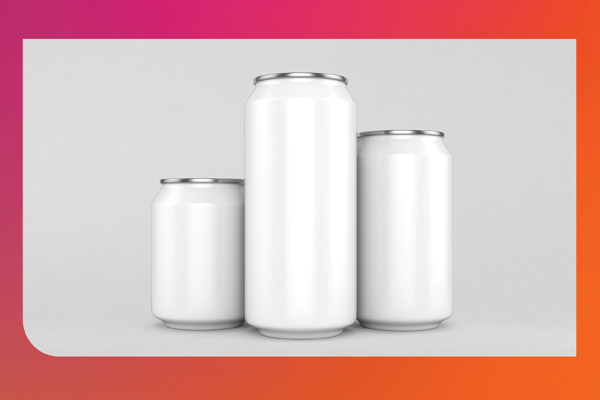
The history of package mix in beer has been a dance of the respective market shares of cans and bottles, each growing and declining in response to long-term trends.

As craft beer trends toward lighter “lifestyle” options such as session beers, a growing number of craft breweries are gravitating toward smaller package sizes.